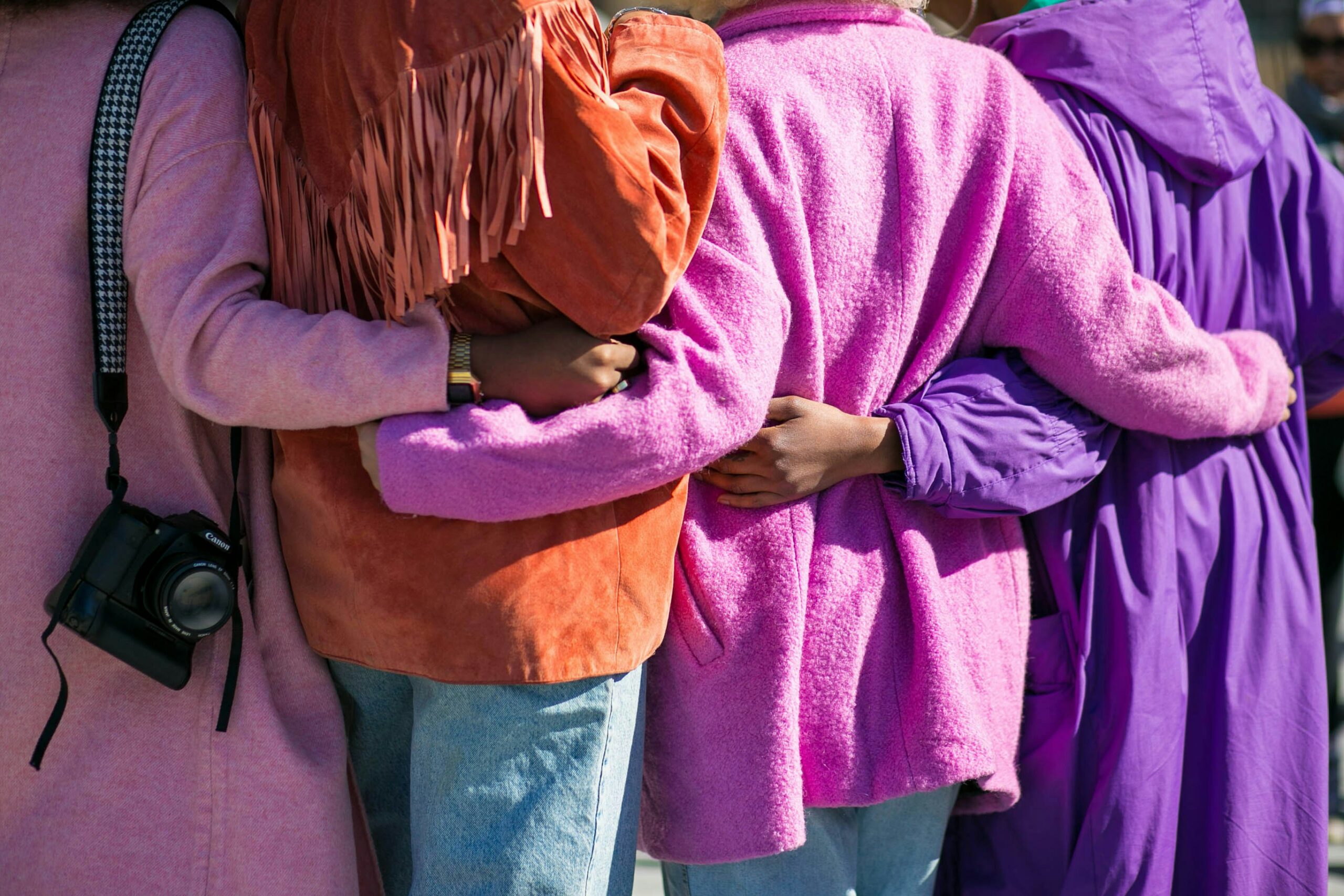Fashion is often seen as a glamorous industry, filled with trends, luxury brands, and runway shows. However, behind the glitz and glamour lies a complex web of social, environmental, and ethical issues. In recent years, there has been a growing awareness of the importance of humanity in fashion. In this article, we explore why humanity matters in the fashion industry and the impact it can have on people and the planet.
A person’s life is greatly influenced by their sense of style. The fashion trends of the future have a direct impact on the ways of life that have changed over the decades. When a fashion trend takes off, people take notice of the shift in time.
The fashion business has its functional patterns, ranging from considering animal skin to be an amazing material to outright banning it. Animal abuse, including that caused by leather, fur, wool, silk, and other materials, has existed since the dawn of time and includes both domestic and wild animals.
Rethinking fashion: The urgent need to shift from fast fashion to sustainability
Fast fashion can be partially held accountable for this type of animal cruelty since, although it’s commonly known, a disproportionate amount of its materials are obtained from sentient beings, this fact is sometimes disguised by deceptive advertising and the allure of the final product.
There isn’t a better option, according to Hanna Hallin, sustainability manager for H&M Group in Greater China. “The 98% of businesses that are less transparent and sustainable will continue to make money even if we cease producing at the current rate. Going forward, we have a part to play; we should drive out those who lack transparency.”
Young people would naturally be drawn to fast fashion, but you would be shocked to learn how much pollution there is in the world when you look at the statistics. For instance, 2,700 gallons of drinking water—enough to last a single person for three years—are used to make one cotton t-shirt.
When you multiply that by 20 pairs of clothes every year for 7.7 billion people, you start to see how big of an issue this is. For comparison, one tonne of dyed fabric can require up to 200 tonnes of fresh water. By 2030, demand may surpass supply due to the rate at which we are using more water for personal purposes and exhausting our usable reserves.
It’s time for people to move to sustainable and biodegradable fashion practices because fast fashion is ranked as the second most unattractive industry in the world. Selecting handlooms, which both create jobs and highlight the skills of regional artisans, is one of the best strategies.
The textile industry’s economic benefits and environmental concerns
Approximately 20% of all industrial output and more than 20 million people are employed in the textile industry. Additionally, it makes up about 33% of all export revenue. These industries create jobs, which contribute to the increased economic well-being of countries like India. Many local Indian firms have benefited from the “MADE IN INDIA” campaign, which has encouraged them to contribute to the GDP of the nation.
However, the majority of carbon emissions worldwide, according to sources, are caused by the textile industry. A large portion of this apparel ends up in landfills and eventually finds its way into the ocean, where it contaminates waterways with harmful substances and plastic fibres.
This deteriorates sanitation, puts endangered aquatic species in jeopardy, and taints the air surrounding us and the people living in places of widespread corruption and terrible living circumstances. The only way to address the harm that we are experiencing is through sustainable fashion methods.

The quantity of microfibers emitted into the environment is decreased by this fashion strategy. It minimises hazardous waste while defending animal welfare. Clothing, shoes, and other accessories that are produced and used in the most sustainable way possible—while accounting for local socioeconomic and environmental factors—are referred to as sustainable fashion.
Do something different: Do something ethical
Adopting ethical business practices is becoming more than just being a moral trendsetter. These days, it’s an essential part of Corporate Social Responsibility. The primary goal is to integrate moral concepts into production processes in a way that minimises or completely prohibits environmental damage and worker exploitation.
Officially, the textile industry is ranked second in importance, after the agricultural sector. Because consumer opinions about products and their ethical sourcing alternatives are closely intertwined, the retail and consumer product industries receive a lot of attention from the public. The risk of failure in the apparel supply chain is decreased when ethical sourcing procedures are used in the garment-making process.
By using ethical sourcing, products are guaranteed to be produced in a safe environment by workers who are paid fairly, have their safety guaranteed, and are required to work regular hours. In procuring materials and the production process, it ensures that decent labour standards are met.

Paying fair compensation, providing a clean and safe work environment, setting suitable work hours, and not discriminating based on age are all necessary for employees involved in the many stages of producing the garment. Commitment to and honest use of methods that benefit the environment, labour force, community, and customers are hallmarks of ethical sourcing.
In conclusion, humanity matters in fashion because it encompasses the ethical treatment of people, responsible sourcing, inclusivity, and sustainability.
There is more to ethical production than merely a theory or method. It might be used to influence a company’s purchasing patterns, improve the perception of its brand, and reduce waste.
Instead of being a test with a “pass” or “fail” outcome, ethical sourcing is a continuous effort for any firm and a way to uphold better standards.
(Tashia Bernardus)
